All Available Episode
All Season 8 Episode
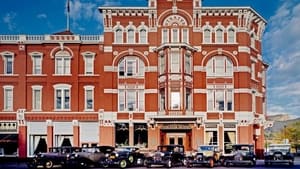
1. The Strater: The Hotel That Built Durango
The Strater Hotel has hosted Durango visitors for over a century. With its eye-catching brickwork and white sandstone decorating the exterior and its collection of American Victorian-era furniture, guests today can experience its long history. Discover the many stories the extravagant halls of this southwestern hotel tell.
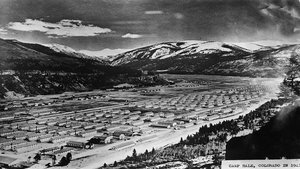
2. Camp Hale
Built high in the Rockies, Camp Hale was the training grounds for the famed 10th Mountain Division in WWII. Their brave service is honored at what remains from Camp Hale. The site remains significant not only for preservation but for conservation and recreation. As veterans visit this hallowed site, we are reminded of the many legacies created by the men who trained at Camp Hale.
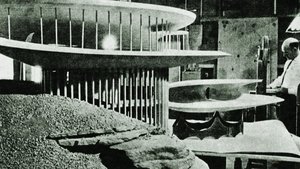
3. Charles Deaton: Designs From a New Dimension
Charles Deaton, a Colorado true renaissance man, blended sculpture, architecture and engineering into his buildings. Deaton’s structures, including The Sculptured House and The Key Savings Building, have become Colorado icons. Rectangular buildings were the norm, but Deaton was obsessed with curves. He was famously quoted as saying: “People aren’t angular, why should they live in rectangles?”
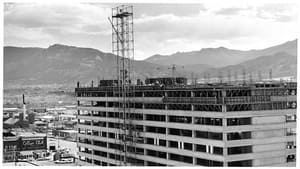
4. Lost & Preserved in Colorado Springs
From a wealthy, getaway tourist town, to a gold rush epicenter; to a tuberculosis respite, to the home of five military installations — the built landscape of Colorado Springs reflects its history of major industries and economic drivers. As the city celebrates 150 years, we revisit preserved, revitalized — and destroyed — iconic buildings. And ask: How can we create the future and honor the past?
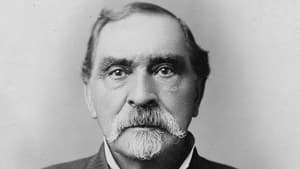
5. Mr. Barney Ford
Born into slavery, Barney Ford escaped at 26 and endured racism, fires, and mining claim jumping to become one of only 46 African Americans in the Colorado Territory. Undeterred, he became one of the richest men in the state as a miner, barber, restaurateur, and hotel owner—a true entrepreneur—all while fighting endlessly for Black rights.
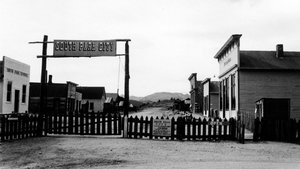
6. South Park City
Like so many other areas across Colorado, Park County experienced intense mining booms—and sudden busts, leaving towns to deteriorate. But through bold innovation, the county’s history would be preserved—by cleverly transplanting 19th century buildings. The South Park City Museum stands as a tangible microcosm of Colorado’s past while modeling a unique approach to preservation.
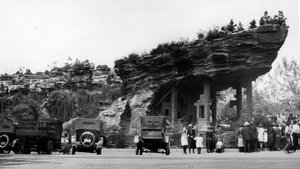
7. The Denver Zoo
Starting as a small collection of caged animals in 1896, the Denver Zoo has transformed into a conservation and education-driven institution that is recognized worldwide. Anchored by the transformative 1918 Bear Mountain exhibit, the zoo has developed in design and exhibitry for over a century. Witness a century of the zoo’s evolution in both science and design to become the institution we know today.
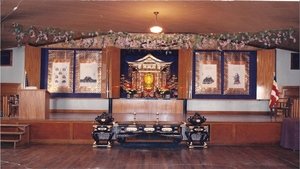
8. Brighton Buddhist Temple
Built in 1940 by Japanese Americans, this historic wooden structure served as a place of worship until 2005. Vacant for a decade, preservation efforts, spearheaded by a local architect, brought together business owners, municipalities, architects, developers and elected officials, transforming the Buddhist temple into a 20-tap brewery that is now a beacon for Brighton’s Main Street.

9. Cable Land
The humble and innovative beginnings of the Cable TV industry in Colorado sparked one of the most important industries in the world. From Bill Daniels and Bob Magness to John Malone, meet the innovative pioneers of the industry, which continues to reinvent itself even today.
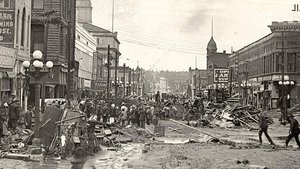
10. The Great Pueblo Flood
In early June of 1921, Pueblo experienced a devastating flood that destroyed much of the downtown area. The very river that formerly brought life and sustenance to the region now left death and destruction in its wake. A century later the river has been tamed by a dam and a levee, and the Historical Arkansas River Project is the centerpiece of an urban renewal effort that is changing the face of a city.
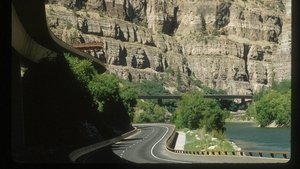
11. Glenwood Canyon Highway
After 90 years, the construction of Interstate 70 was completed in 1992. The award-winning final Glenwood Canyon segment spans 12 miles and is an architectural and engineering feat that also preserved the canyon’s remarkable environment. Today, it is widely considered one of the most scenic natural features of the United States’ Interstate Highway System.
